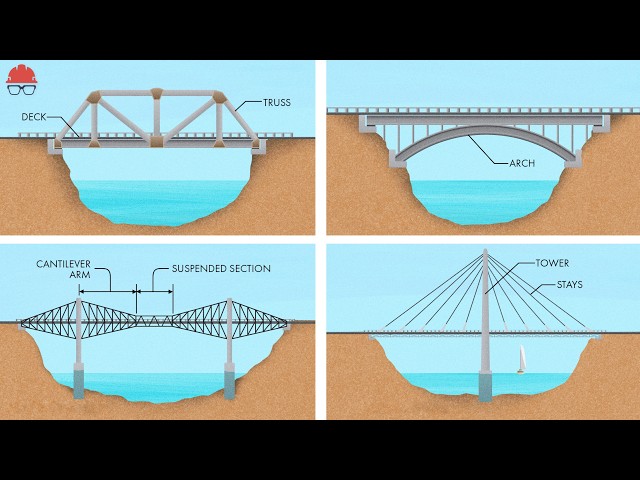There are relatively few events that could persuade me to leave my voluntary retirement from the intellectual hard graft of political blogging. However, the appalling events in the state of Israel and whatever territorial scraps are left of the promised state of Palestine make it difficult not to offer at least a couple of observations.
Firstly, however momentous the October attacks by the Izz ad-Din al-Qassam Brigades (IQB), the military wing of the Islamist party Hamas, may have been they were certainly not unprecedented in the long and bloody history of the Jewish-Arab conflict in the region. Nor was the murderous “invasion” from the besieged Gaza Strip “unprovoked” as much of the Western news media continues to claim – unless one discounts the 200 plus deaths of Palestinians at the hands of Israeli military and paramilitary forces since the start of the year (the latter force including armed settlers from the militant Jewish colonies in the West Bank and elsewhere, living on lands appropriated from Muslim and Christian Arabs and Bedouin through dubious legal processes or outright theft).
For the last three decades, the Occupied Territories – the areas under Israeli military occupation or control in defiance of the United Nations, the General Assembly, Security Council and international law – have been at the epicentre of a slow moving campaign of ethnic cleansing. For there is no other way to describe the implicit policy of expansion that has led the Middle East to the cliff edge of a “Greater Israel”. As I wrote way back in 2015, the “new political dispensation in Israel now leans heavily to a type of militant Judaism that is a mirror image of the worse aspects of political Islam” and what will emerge is an even more explicit “Jewish state for a Jewish people“.
Secondly, it is not unreasonable to expect a democratic nation-state to act in a manner different from that of an insurgent or “terrorist” force or the deeply reactionary political movement to which it is attached. Instead, and seemingly with the initial blessing of the Western world, Israel has behaved no differently than its despotic neighbours, returning to levels of brutality not seen since the massacres and expulsions of Arab villagers and town dwellers in the 1940s and ’50s. In this, the poisonous legacy of the Zionist activist Ze’ev Jabotinsky and his vision of a final solution to the Arab problem for the Jewish people in Palestine still runs strong. As he preached in 1937, long before a Hamas or its like existed in the region:
“Zionist colonisation, even the most restricted, must either be terminated or carried out in defiance of the will of the native population. This colonisation can, therefore, continue and develop only under the protection of a force independent of the local population – an iron wall which the native population cannot break through.”
One might argue that the iron wall of colonial settlement has all but reached its final stages of construction, being one of the many motivations for the howl of savage rage that exploded from the Gaza Strip on the 7th of October. Again, as I pointed out in 2018:
“…the diplomatic hope of establishing a two-state solution in the contested region is made impossible by the imposition of new demography on the ground. There is no longer any Palestinian territory to form a nation-state out of. Just a collection of dispersed enclaves, islands of otherness among an ever-expanding, evermore atavistic Jewish State.”
Of course, others far better versed in the politics and history of the contested region than I have been making similar predictions. Take this remarkably prescient analysis from the British military author and journalist Max Hastings writing for Bloomberg at the end of June this year:
“Inch by inch, Israel is moving toward de facto annexation of the West Bank of Jordan. This is Arab land, viewed by most of the international community as the core of an intended Palestinian state, one element of the so-called two-state solution to a century-old struggle. But Prime Minister Benjamin Netanyahu has always been, at heart, an advocate of “Greater Israel”…
Now, Netanyahu leads a coalition that constitutes the most radical right-wing government in his country’s history. His minister of security, Itamar Ben-Gvir, has declared that Palestinian-ruled Gaza, too, should properly belong to Israel, and that “the Palestinians can go to Saudi Arabia or other places, like Iraq or Iran.”
Finance Minister Bezalel Smotrich, an avowed Jewish supremacist, is charged with promoting the interests of the half million settlers on the West Bank and, implicitly, with sweeping aside those of Palestinians. Smotrich also questions the whether the two million Arabs within the borders of Israel should keep citizens’ rights, or even live there.
Informed international opinion is today divided about whether we should admit that the two-state solution is dead; that the Palestinians will never have their own nation because Israeli military and political heft will prevent it. As a matter of common sense, it is impossible to envisage a viable Palestinian state in territory now densely populated by Jewish settlers.
My instinct, having known the region for so long, is that the Israeli right will, over the next decade or two, succeed in forging a Greater Israel, including the entire West Bank, because they have the military power to do so.
My longtime friend the British historian Michael Howard, who was Jewish, once said to me, “It is very dangerous for a state to base its policies upon an assumption of indefinite military superiority,” as Israel has been doing for years. The creeping annexation of the West Bank entrenches Palestinian rage and institutionalizes the long-term threats from Hezbollah, Hamas and Iran.”
The events of October 7th did not occur in isolation, the atrocities did not spring out of nowhere as the imprisoned Palestinian hostages of Gaza broke free of their concentration camp, to kill or take hostage in turn their Israeli captors and their families, friends and neighbours. Violent deed begets violent deed, oppression begets resistance, blood calls out for blood, an eye for an eye until all men are equally without sight.
In the coming days Israel may carry out its much heralded reoccupation of the besieged Gaza Strip, an occupation that never really ended. The government ministers and advisors in Tel Aviv and Jerusalem may overcome their internal dissensions under Benjamin Netanyahu, their worries about the loss of Israeli life and property, the diminution of domestic and international support, the fear of a wider regional conflict with hostile parties in the Lebanon, Syria, Iraq and Iran, or even what comes next if they win the battle for the bombed-out, rubble-strewn conurbations of Gaza City, Khan Yunis, Jabalia and all the rest. And the authorities in Israel may, as some now fear, depopulate Gaza as the first step in a programme that will lead to its formal annexation into Israel proper, with swathes of the West Bank to follow. But that outcome shall not be the end to the Palestinian-Israeli conflict in this generation or any future ones. Not even close.
Source link




